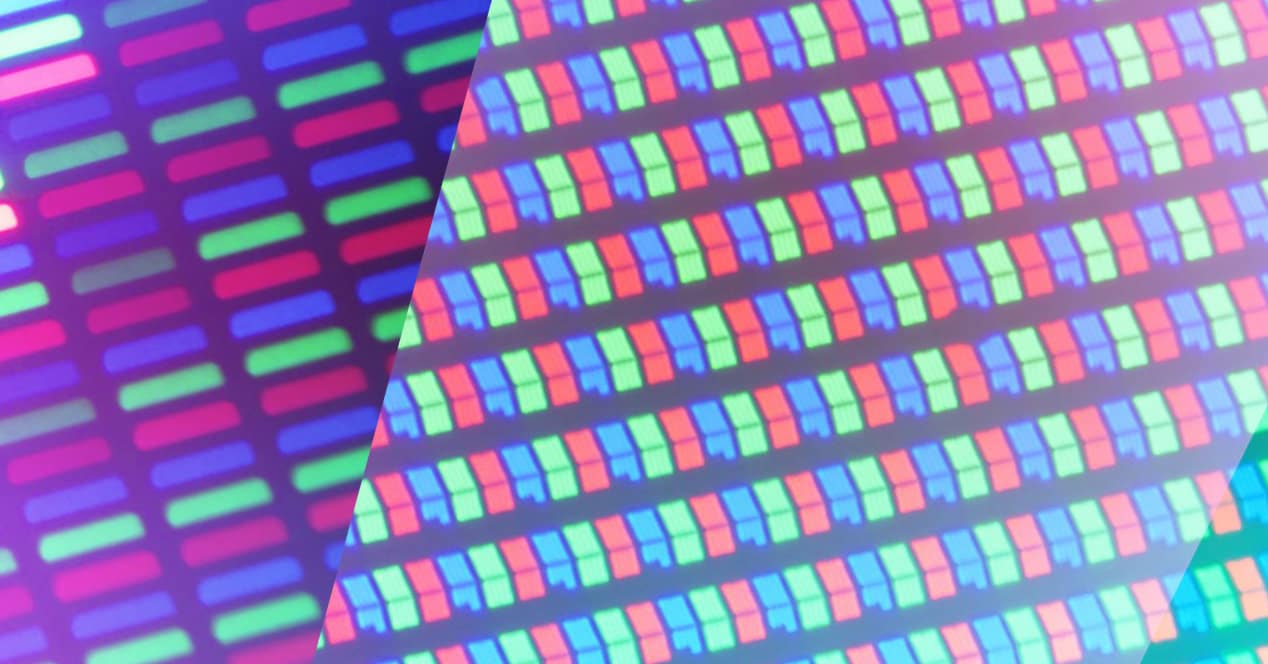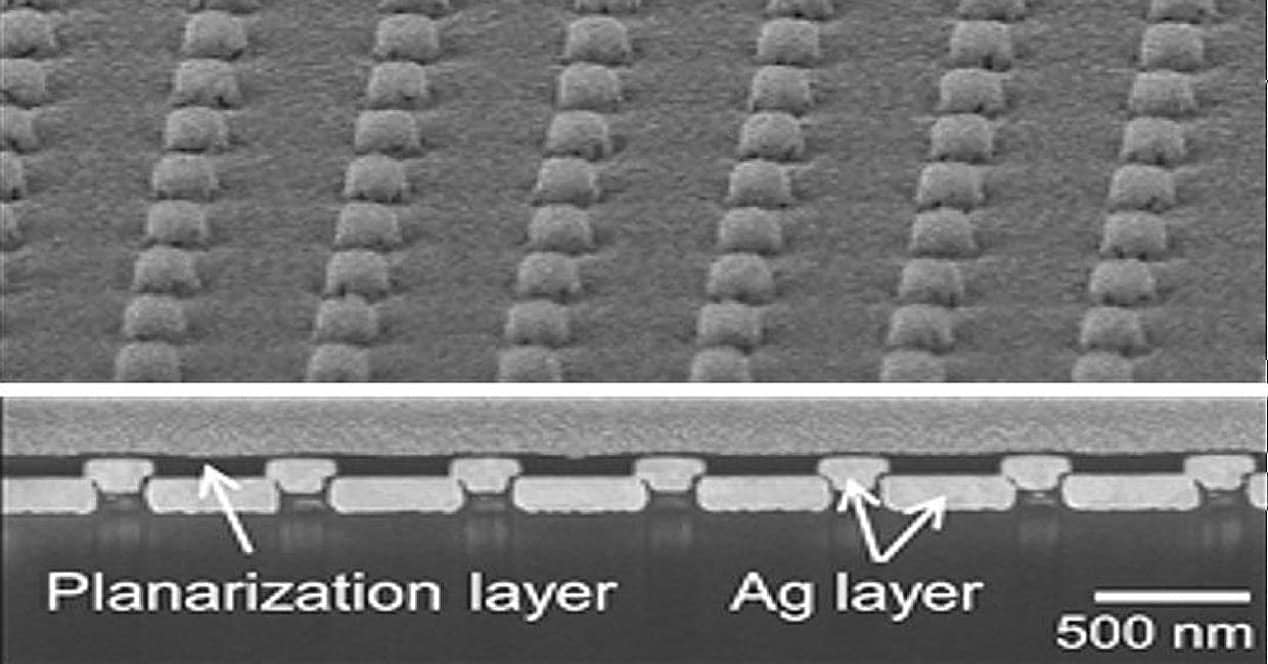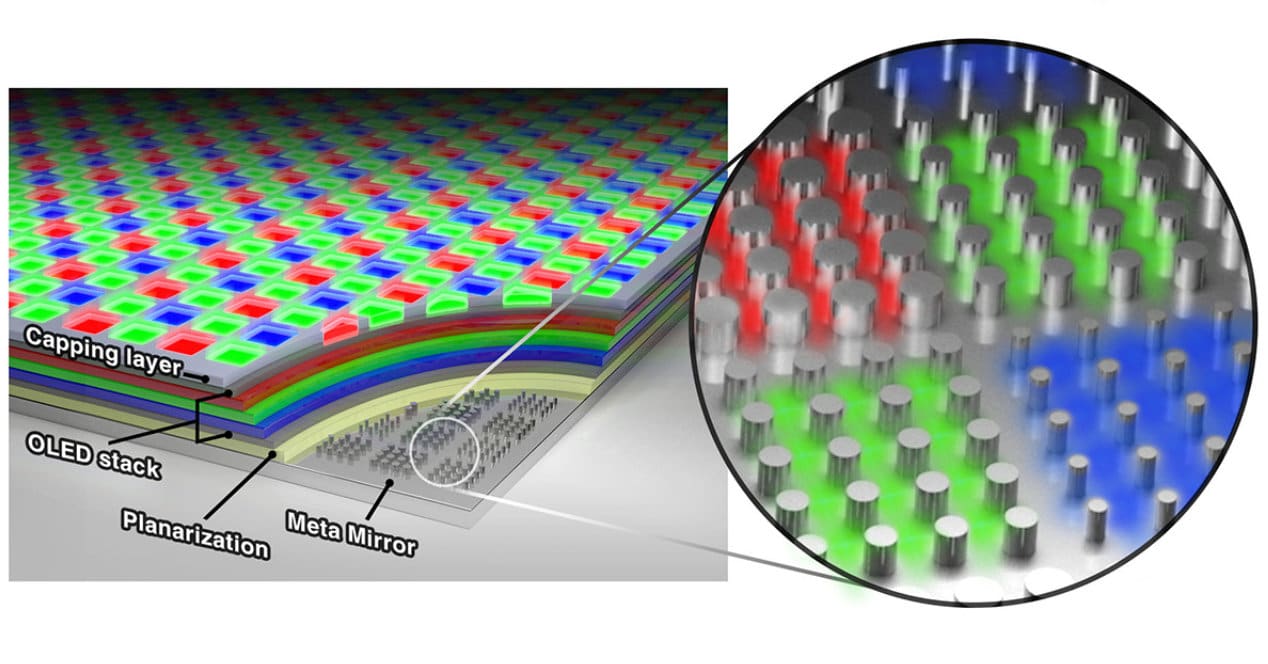
Today's high-end phones offer OLED screens with great image quality in all aspects, from color to brightness, contrast and resolution. Hence, among other things, you have to have a good eye to be able to get closer to the panel and see the pixel size clearly. Therefore, it is surprising that they have created a OLED panel with up to 10.000 dpi. Why do you need so much pixel density?
Stanford creates the world's highest density OLED panel

OLED screens have been gaining ground in recent years and when we talk about maximum image quality it is impossible not to mention this technology. And that the veteran LED panels have been gaining ground and improving in those aspects where they faltered the most compared to their greatest rival. But now it may take you a lot longer to do so, because Stanford has succeeded in creating an OLED panel with a pixel density that can go as high as 10.000 ppi.
That is to say, a real nonsense if one takes into account that the best screens that integrate current phones the resolution is 500 dpi or so. So why do you really need something like this? Well, not for a phone, but for other devices and uses such as those related to virtual reality, yes.
And it is that one of the current problems of the virtual reality glasses is that the resolution is still not high enough, so some of the main problems that its use implies cannot be avoided. For example, dizziness or vision that is not clear enough.
How an OLED panel is manufactured with 10.000 dpi

To achieve a OLED panel with up to 10.000 dpi The first thing to do is create a completely new architecture. Something that really is not easy, but sometimes these things happen in the most unexpected way possible.
Mark Brongersma, a researcher at Stanford University, was trying to create a super-thin solar panel when he discovered that the behavior of light at the nanoscale behaves differently, and this could be harnessed to improve display density performance. current.
So, said and done, after advancing in said project they took the idea to apply it in the construction of an OLED panel capable of reaching up to 10.000 dpi. For this, it changed the sizes of the three subpixels that form each point (Red, Green and Blue). On this occasion, all three being the same size, because due to how they behave, they do not require that current difference that allows, depending on the intensity of the light, to obtain the best chromatic representation.
In addition, to all this is added a reflective surface that contains a nanoscale pattern through which light "flows" and a super-accurate color representation can be displayed.
When will this technology be available?
For the moment, as with other similar advances, this is just a demonstration of what could be achieved in a while. Samsung is already working on it, in order to create a complete panel that meets these expectations. So we'll see but it may take several years until it happens.
However, hopefully they can progress and although it does not reach 10.000 dpi, at least a minimum of sufficient pixel density is achieved so that the increased performance continues to advance and provide much better and rewarding experiences to others. Or, at least, that it does not make me dizzy excessively.